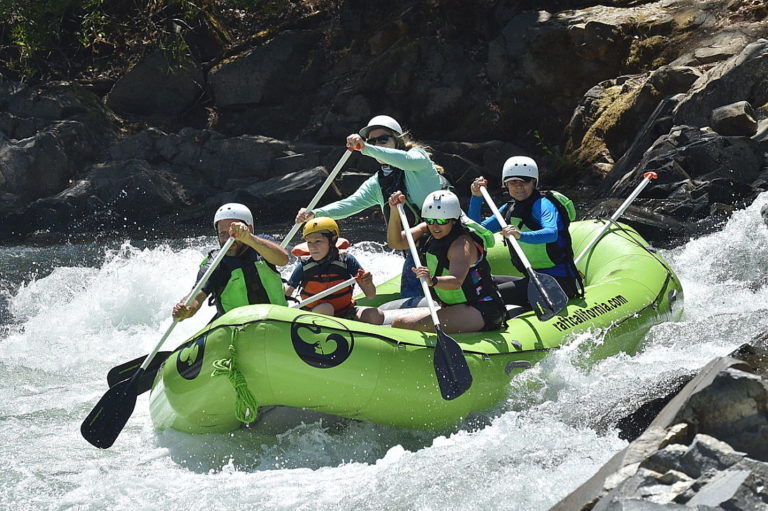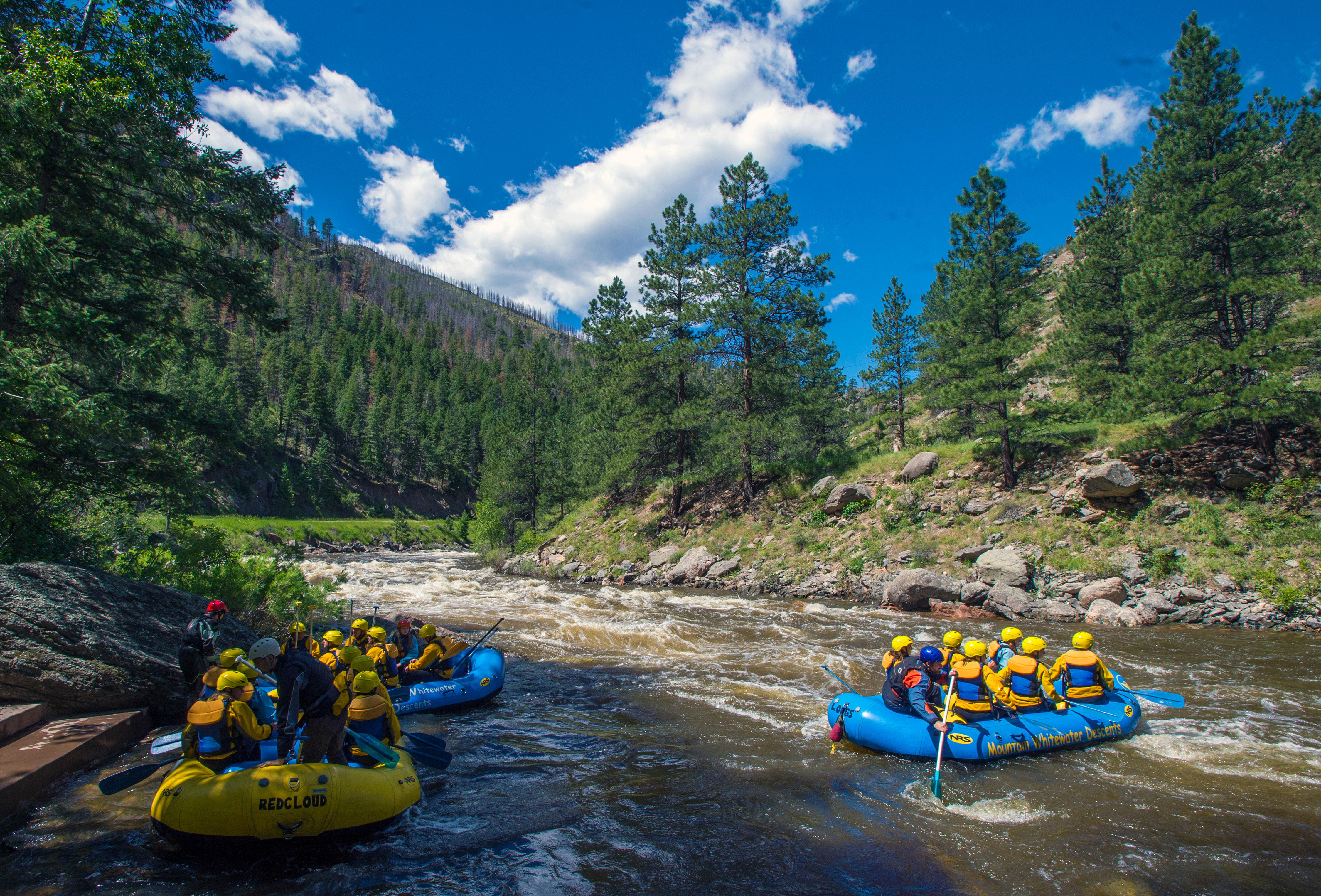Professional Tips for White Water Rafting Colorado Rapids
Professional Tips for White Water Rafting Colorado Rapids
Blog Article
The Ultimate Experience: Water Rafting Advice
Starting a water rafting experience is an exhilarating experience that demands a mix of skill, prep work, and regard for nature's formidable forces (White Water Rafting Colorado). As the rush of the river propels you onward, browsing with weaves, the art of water rafting reveals itself as an examination of both physical expertise and psychological acuity. From picking the suitable gear to recognizing the nuances of paddling strategies, the trip down the river holds accomplishments and obstacles waiting to be overcome. What truly establishes apart a beginner from a skilled rafter lies not just in the proficiency of abilities, however in the skill with which one approaches the uncertain dancing with the currents.
Crucial Equipment for Water Rafting
To ensure security and comfort during water rafting excursions, it is imperative to outfit oneself with the vital equipment tailored to this daring task. In addition, a tough helmet is essential to shield versus head injuries, specifically in rough waters or if thrown off the boating.
Furthermore, appropriate footwear is crucial for preserving great grip and safeguarding the feet from sharp rocks or unsafe surfaces. Neoprene booties or water shoes are advised for this function. It is also recommended to wear quick-drying clothing, such as a wetsuit or breakout guard, to manage body temperature and protect against hypothermia in cool water problems.
Lastly, a trusted paddle is essential for steering through the water properly. It needs to be light-weight yet sturdy to hold up against the rigors of rafting. By buying these crucial items of gear, rafters can appreciate their experience on the water with self-confidence and comfort.
Choosing the Right Rafting Path
When intending a water rafting experience, choosing the proper rafting route is vital for a risk-free and enjoyable experience. Factors such as the degree of trouble, water problems, and the length of the course need to all be taken into consideration before starting your journey.
Firstly, evaluate your group's ability degree and experience. Different rafting paths are categorized based upon trouble degrees varying from Class I (very easy) to Course VI (incredibly difficult and hazardous) It is very important to choose a path that lines up with the abilities of all participants to make sure every person's safety and security and pleasure.
Furthermore, consider the water problems of the course. Some courses may have tranquil waters ideal for novices, while others may have strong currents and difficult rapids that call for advanced abilities. Investigating the water levels and prospective risks of the path ahead of time can aid you make an educated choice.
Last but not least, consider the length of the rafting route. Longer routes may require more time and endurance, so choose a course that fits within your team's timeframe and physical abilities. By meticulously choosing the ideal rafting path, you can set on your own up for a remarkable and exhilarating experience on the water.
Security Precautions on the Water
Considering the significance of picking the appropriate rafting path for a risk-free and delightful experience, it is vital to prioritize security precautions on the water to mitigate prospective risks and make sure an effective experience. Before beginning on a water rafting trip, make certain all individuals put on effectively fitting personal flotation devices (PFDs) and safety helmets to safeguard against accidents. It is important to listen attentively to the overview's safety and security instruction, which commonly covers paddling methods, what to do in situation the boating turns, and how to aid others if needed. Preserving interaction with the overview and fellow rafters is essential throughout the journey to collaborate activities and respond immediately to any kind of signals or guidelines. In case of a person falling too far, follow the guide's directions for swift and effective rescue procedures. Last but not least, understand the water problems, such as barriers and rapids, and adjust your paddling strategies accordingly to browse safely with the training course. By adhering to these safety and security precautions, you can improve the total experience and lessen possible hazards while water rafting.
Grasping Paddling Methods
Establishing efficiency in paddling methods is vital for navigating through varying water problems and ensuring a successful water rafting experience. White Water Rafting Colorado. Proper paddling not just assists in steering the plethora successfully however also adds to the general coordination and teamwork needed for a satisfying and risk-free journey
This stroke entails dipping the paddle blade completely right into the water and pulling it back alongside the plethora, supplying propulsion and steering. By grasping the forward and in reverse strokes, rafters can efficiently regulate the speed and direction of the raft.

Tips for Handling Rapids Like a Pro
To master browsing difficult river conditions, proficient water rafters use their grasped paddling strategies with accuracy and finesse when managing rapids like seasoned professionals. When encountering rapids, it is critical to maintain a strong and collaborated paddling rhythm. This rhythm helps the plethora keep its course and this hyperlink stability among the turbulent waters. Furthermore, it is vital to expect the motions of the raft and adapt swiftly to transforming conditions. Experienced rafters utilize their knowledge of river dynamics to proactively change their paddling strategy, ensuring effective navigating through rapids.

Final Thought
To conclude, water rafting requires important gear, careful route choice, safety and security preventative measures, grasping paddling methods, and handling rapids with experience (White Water Rafting Colorado). By following these ideas and tricks, adventurers can guarantee a effective and satisfying rafting experience on the water. Remember to constantly focus on safety and be gotten ready for the challenges that featured browsing via rapids. With practice and understanding, any individual can end up being like it a proficient water rafter.

Thinking about the relevance of picking the appropriate rafting route for a delightful and safe experience, it is crucial to focus on safety preventative measures on the water to go to this site mitigate possible dangers and ensure a successful journey. Ultimately, refining paddling techniques is crucial to a effective and exhilarating water rafting experience.
In verdict, water rafting requires important equipment, mindful path choice, safety and security precautions, grasping paddling techniques, and handling rapids with know-how.
Report this page